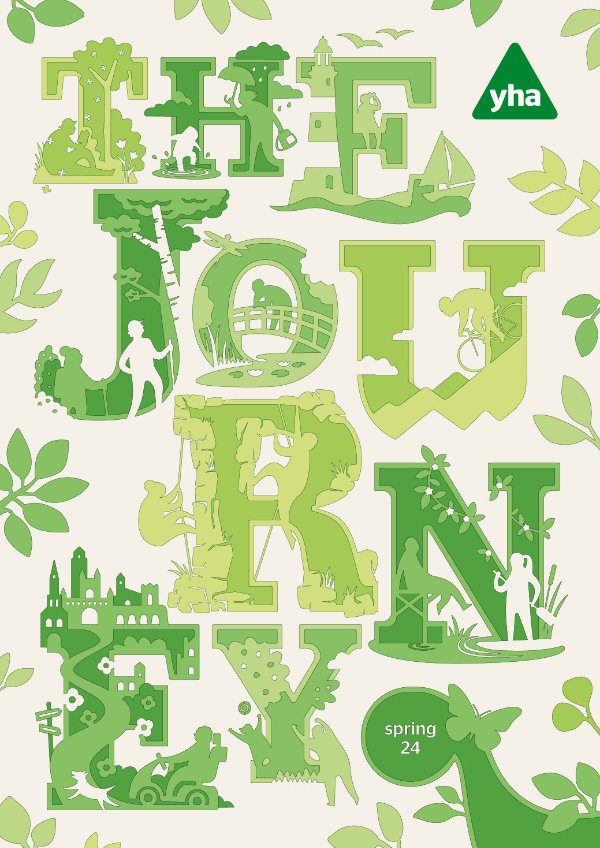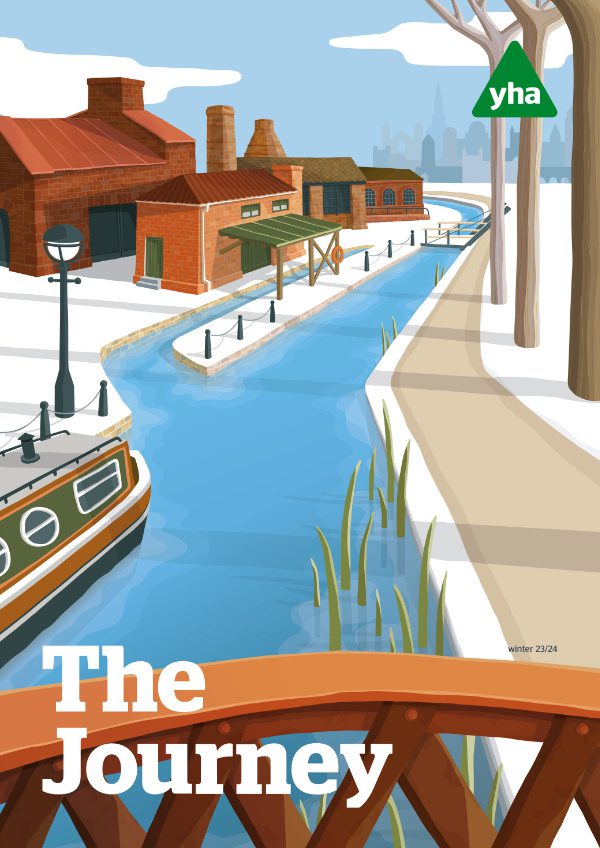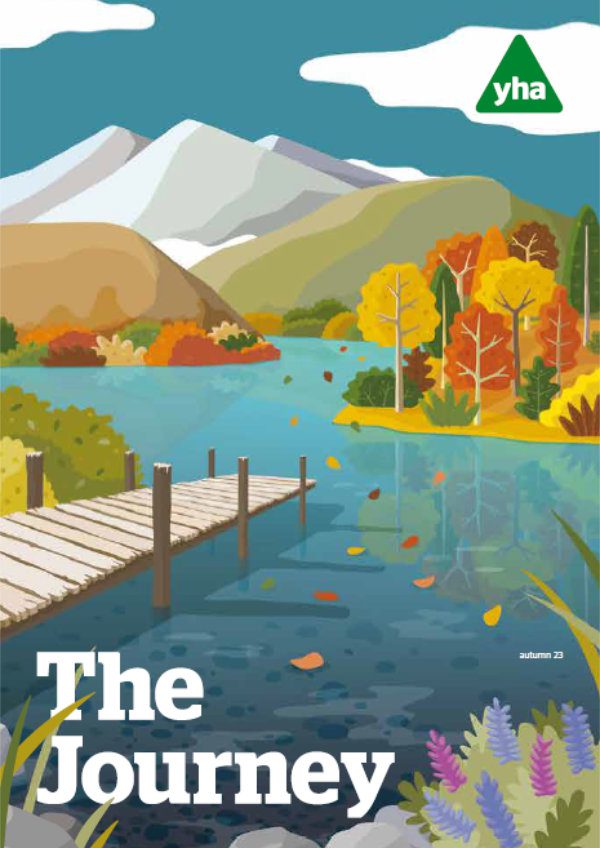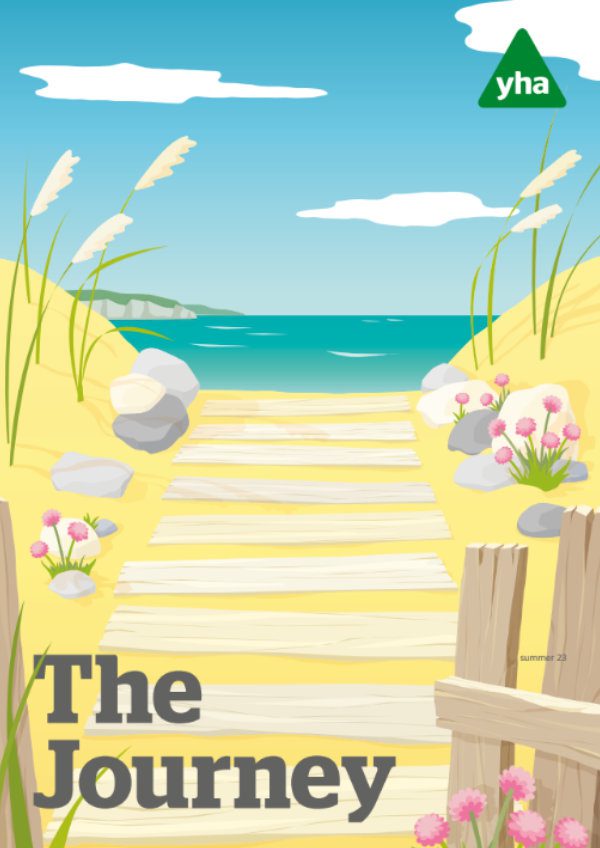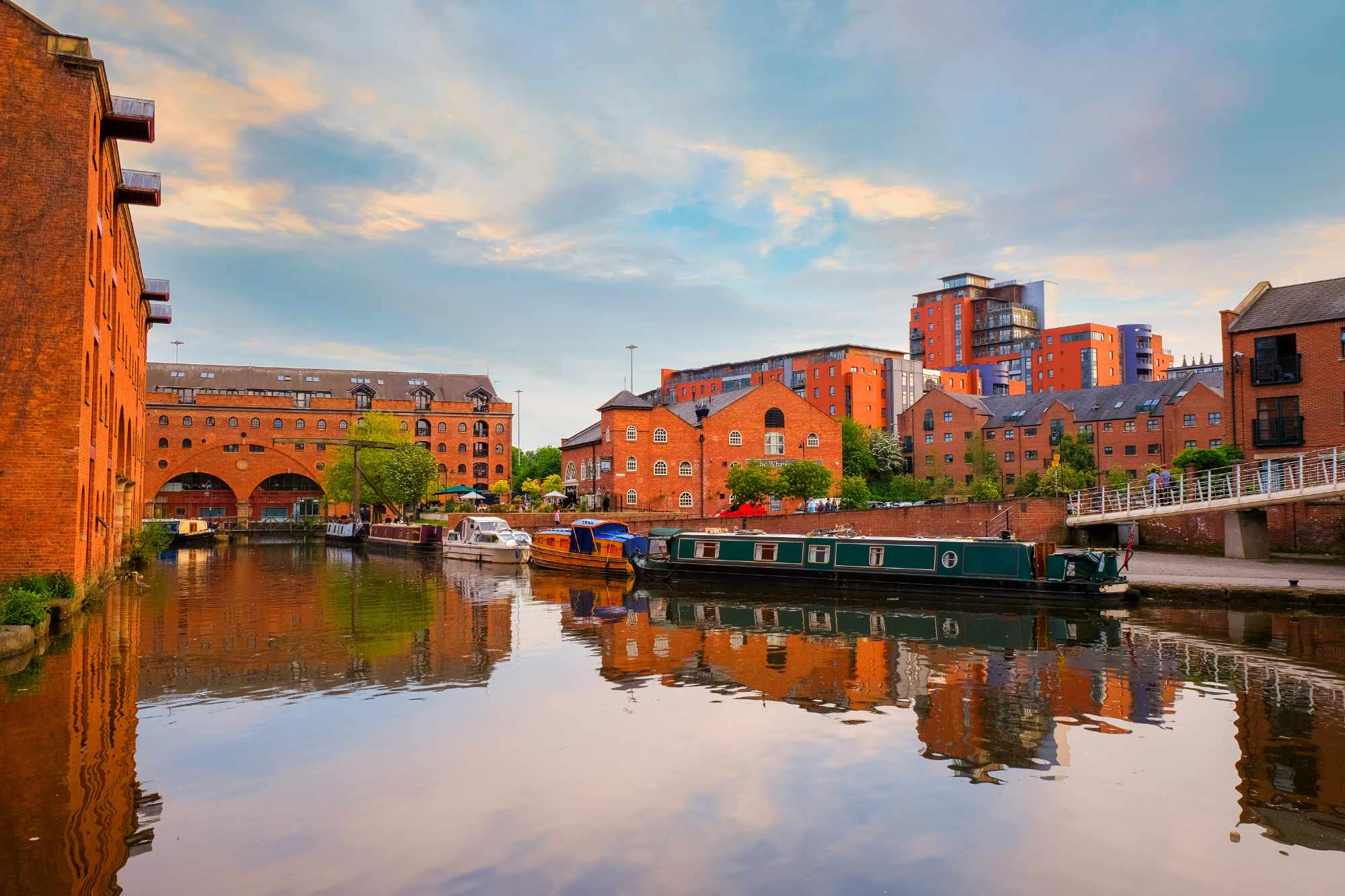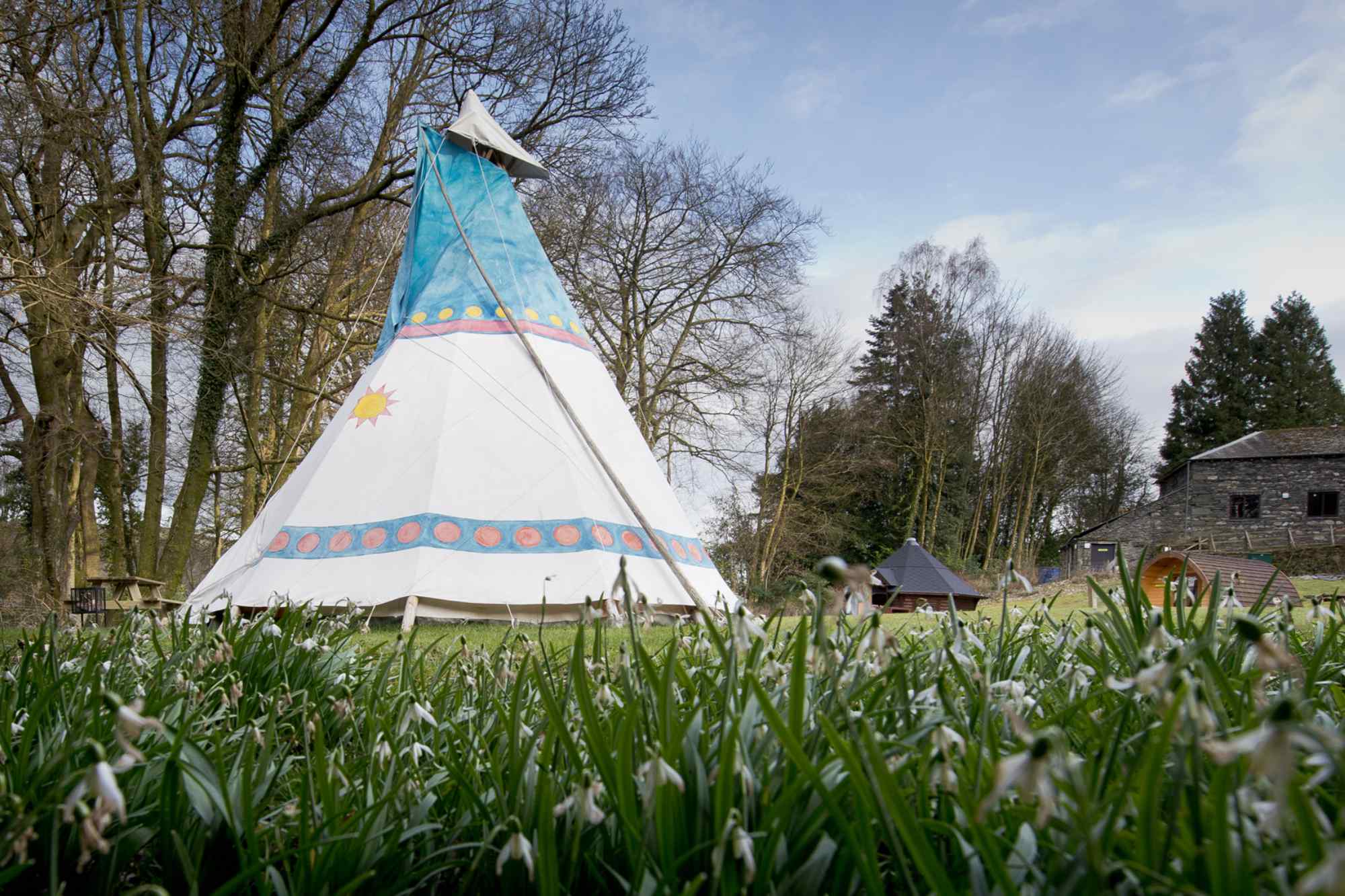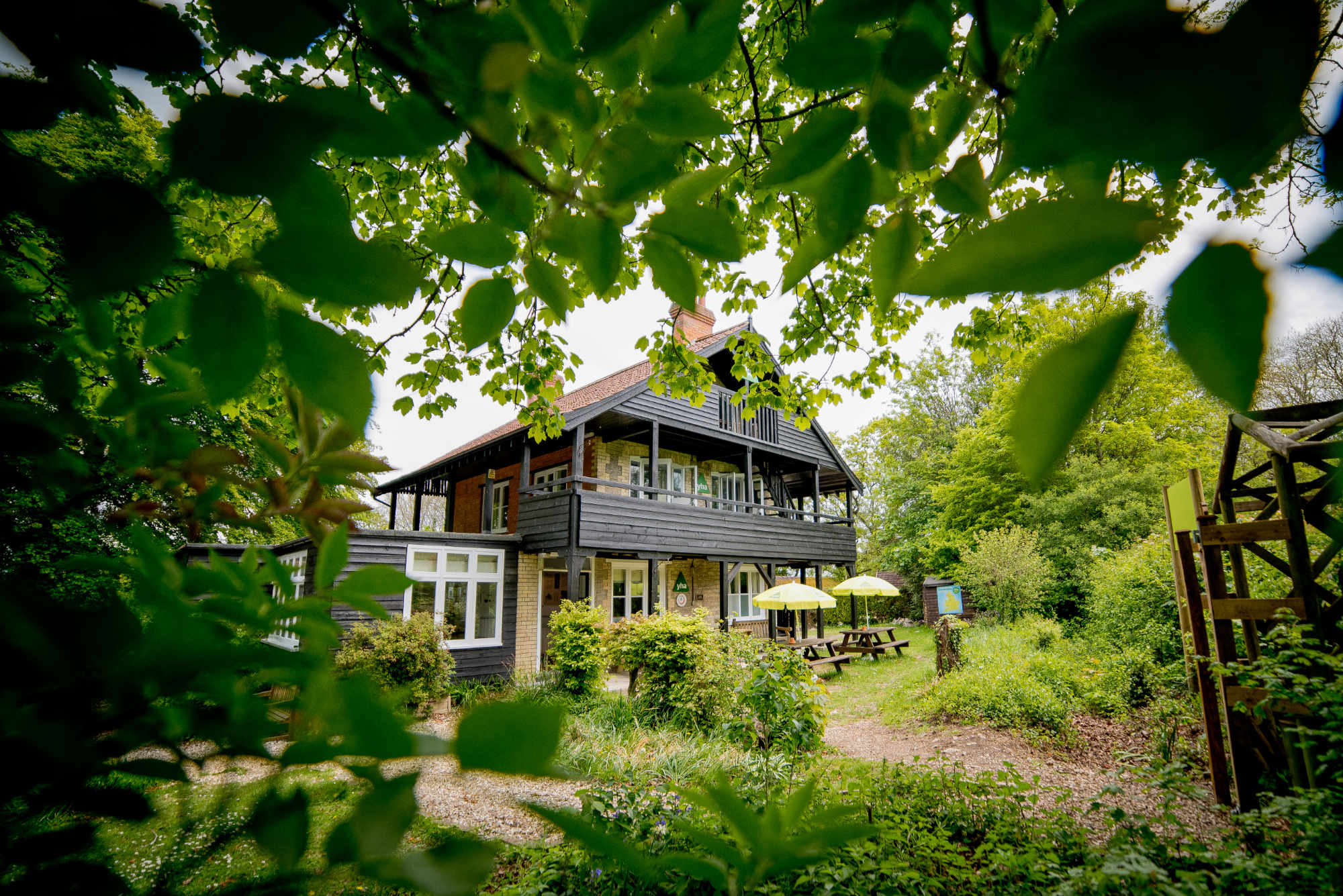Fancy a trip to Cambridge? Beat the summer crowds by exploring this historic city over the colder months.
King’s College Chapel is mine alone. It’s mid-afternoon in Cambridge, and the dusky winter glow outside is seeping through 500-year-old stained glass. The nave is completely empty, as are the choir stalls. Flickering candle-lights cast shadows onto the exquisite tracery of the fan-vaulted ceiling. This chapel is Cambridge’s crowning glory: a place of royals, poets and Nobel laureates. Right now, it’s all mine. My trainers echo on the floor in triumph.
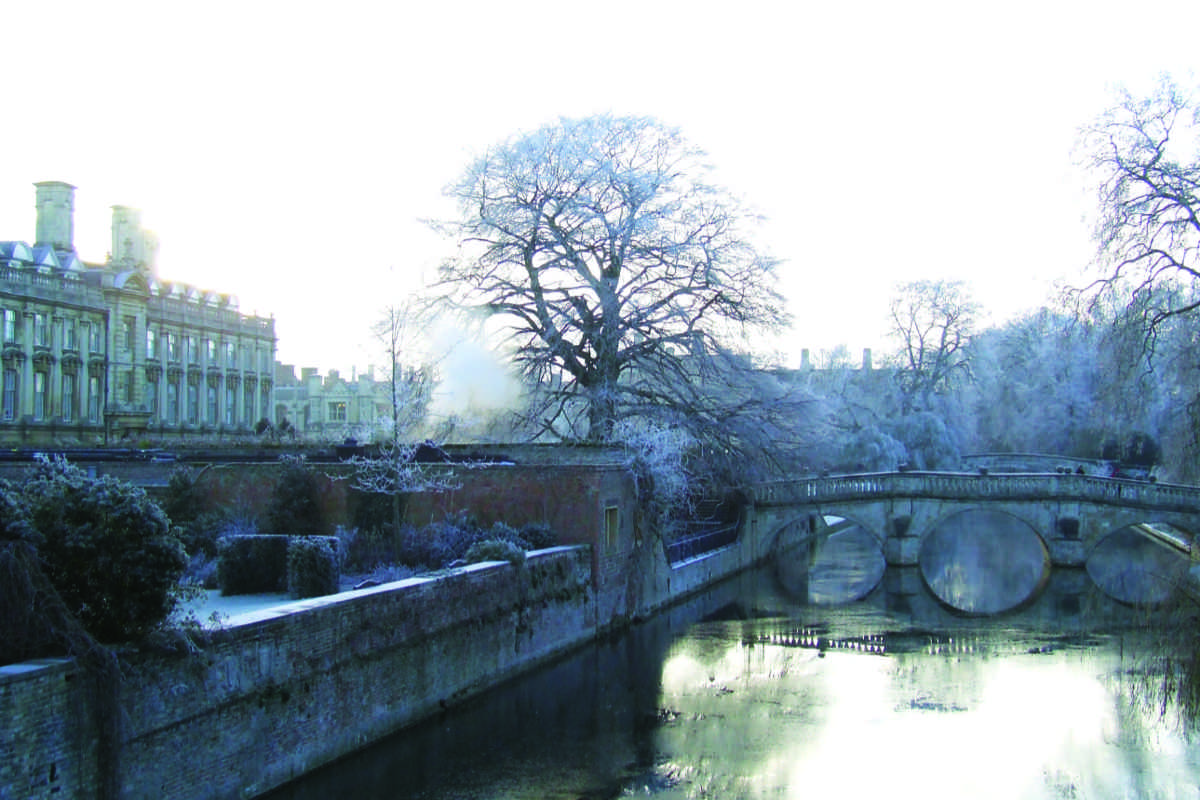
Exploring Cambridge outside of the peak tourist months has very real advantages. You find the colleges full of quiet lawns, and bowler-hatted porters trying to look busy. You find the River Cam undisturbed, save for the odd hardy punt braving the chill. And you find Fitzbillies, the old-school café that has been serving up Chelsea buns for nine decades – “peerless”, according to Stephen Fry – with plenty of tables to spare. It’s quite easy to feel smug.
At the wonderfully atmospheric Eagle pub, where Francis Crick and James Watson famously burst in one lunchtime to announce their discovery of DNA, I have no trouble finding a spot. It was back in 1953 that the two scientists rushed in to inform the assembled drinkers that they had “discovered the secret of life”, and today the pub still serves a special, own-brewed ale to commemorate the occasion (it’s called DNA – obviously – and happily it’s very drinkable).

“They did all their work at the old Cavendish Laboratory, just a few metres that way,” the barman tells me, pointing down narrow Free School Lane. “It’s the same laboratory where the atom was first split. And Isaac Newton used to do experiments there too. That’s Cambridge for you. History everywhere. Characters everywhere.”
He’s not wrong. On an official guided tour of the city, my guide Sibella turns out to be the wife of the master of Corpus Christi College. She was once an undergraduate herself – studying history alongside Prince Charles, no less – and is devotionally fond of Cambridge. She refers to Oxford semi-jokingly as “the other place; we don’t mention its name”, and leads us on a snaking walking route of the centre, chattering all the while as we take in centuries-old bridges, hushed colleges and stall-filled market squares.

At Trinity College, founded back in the 1500s by King Henry VIII, she points out a statue of the king himself. He originally held a ceremonial sceptre, but after a student prank many decades ago the monarch now proudly bears aloft a wooden chair leg. It’s testament to the university’s unconventional sense of tradition that the sceptre was never replaced. In the college court, meanwhile, I’m shown the fountain in which Lord Byron reportedly took regular baths with his pet bear. Eccentricity and Cambridge go hand in glove.
Later, Sibella stops at the controversial modern clock that sits behind glass on one of the outer walls of Corpus Christi College. The giant golden timepiece is topped by a kind of mutant metal grasshopper, marching forward and eating up each passing second. “We love the clock,” she explains mischievously. “People used to stand here and turn their backs on Corpus Christi to look at King’s College Chapel. Now people turn their backs on King’s to look at our clock.”
The clock, a plaque tells me, was unveiled back in 2008 by Stephen Hawking. Metres away, another plaque marks the spot where code breaker Alan Turing used to study. Names like these make Cambridge feel crowded with history, even when the streets are quiet. Bikes are omnipresent in the city, rattling over cobbles and careering down side-roads, but there are few cars in the centre. It gives the whole place a nice stuck-in-time feel.

After the tour I walk up to the superb Fitzwilliam Museum, where the ornate rooms of art and antiquities are, again, empty of tourist crowds. The collection is a phenomenally far-reaching one, taking in mummy coffins from ancient Egypt, European medieval armour and entire galleries full of priceless paintings. Without having to jostle with other visitors, it’s like being treated to a private viewing.
Cambridge isn’t the kind of city that changes fast. There are few places in the country, however, that can match it for historical pedigree. And by exploring Cambridge in quieter times of year, its bookish magic is all the more pronounced.
Book your city break at YHA Cambridge.
